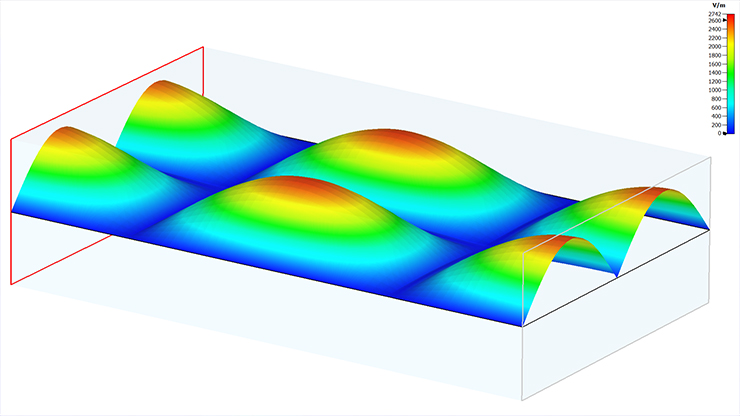

Metamaterials that exhibit both negative permittivity and negative permeability simultaneously are also called double-negative (DNG) metamaterials. successfully demonstrated a new artificial material with this exotic property ( i.e., both μ and ε were negative), which is defined as a left-handed metamaterial. In 1968, Victor Veselago first noted that materials with simultaneous negative permeability (μ < 0) and permittivity (ε < 0) displayed certain unique properties compared to ordinary materials that are found in nature, but until 1999, there was little exploration of this phenomenon, because of the lack of the availability of such natural materials. They possess extraordinary electromagnetic properties, such as the ability to exhibit negative values of permittivity and permeability, simultaneously, in a specific frequency range. Such artificial materials have ushered in a new era in modern science. This is a novel and promising design in the electromagnetic paradigm for its simplicity, scalability, double-negative characteristics and multi-band operation.Ī metamaterial can be defined as an artificial electromagnetic structure that may have, in a specific frequency range, certain exotic electromagnetic properties that are normally not found in nature. The commercially available finite-difference time-domain (FDTD)-based simulation software, Computer Simulation Technology (CST) Microwave Studio, was used to obtain the reflection and transmission parameters of each unit cell.

The equivalent circuit model and measured result for each unit cell are presented to validate the resonant behavior. All of these configurations demonstrate multi-band operating frequencies (S-band, C-band, X-band and K u-band) with double-negative characteristics. Moreover, an analysis and a comparison of the 1 × 1 array and 2 × 2 array structures and the 1 × 1 and 2 × 2 unit cell configurations were performed. In the basic design, the separate split-square resonators are joined by a metal link to form an H-shaped unit structure. This paper presents the design and analysis of a novel split-H-shaped metamaterial unit cell structure that is applicable in a multi-band frequency range and that exhibits negative permeability and permittivity in those frequency bands.


 0 kommentar(er)
0 kommentar(er)
